Contact us

(*Required fields)
Please fill in ALL of the required information to submit this form.

(*Required fields)
Please fill in ALL of the required information to submit this form.
Orthodontics is a branch of dentistry that deals in diagnosis, prevention and treatment of mal-positioning of teeth and jaws. Apart from aesthetic appearance, well-aligned teeth help in maintaining good oral hygiene, proper chewing and speech, proper distribution of biting forces and reduces risk of trauma to teeth. Our team of orthodontists works with utmost dedication, to align your teeth with perfection, enhance aesthetics and improve functionality. We specialize in both removable and fixed orthodontic appliances, as required in a particular case.
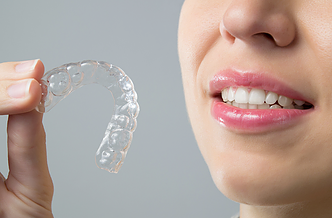
To be able to get one’s teeth aligned without metallic braces is a dream of many people. We at TnSS specialize in correcting the misaligned dentition by Clear aligners. What else could be a better way than to have an orthodontic appliance, which is almost invisible, removable and causes least discomfort?
The system makes use of the latest 3-D computer imaging technology, with the help of which, we plan and show the patient, the sequential use of aligners, customized for that specific case, to achieve movements from actual to final desired position. And all this, even before the actual treatment has started. Our In-house CAD CAM lab works closely with us in planning a step by step treatment and providing aligners as and when required.
FAQs regarding Treatment with CLEAR Aligners
I need to wear aligners for how long, in a day?
When will I get my next set of aligners?
Usually in every two weeks, in some cases, more. You will be given one set in mouth & another set of aligner to keep, and start wearing after 2-3 weeks (as instructed).
What will my dentist do during each visit?
He/ She will assess the progress made, when the next set of aligners is required & solve your problems, if any.
How many sets of aligners will I be wearing during my whole treatment?
How long will my treatment with Clear Aligner take?
On an average, it takes about 12 months. The time frame varies from case to case.
What are the general guidelines I need to follow during & post treatment?
Be prepared to wear dental retainers after your treatment has been completed with Clear Aligner.
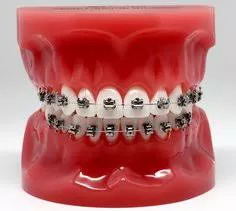
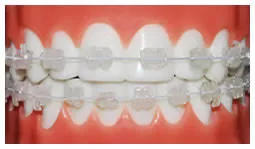
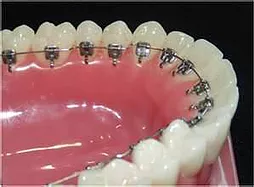
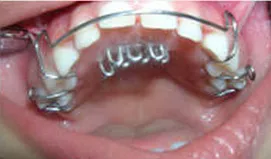
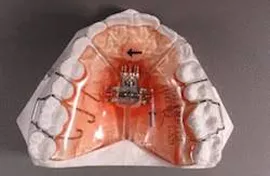
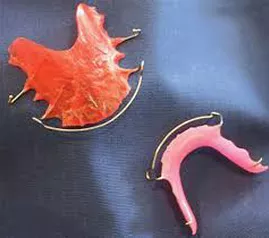
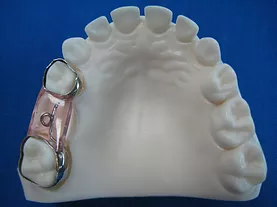
These are custom made appliances, used to maintain space of lost tooth due to extraction or early exfoliation. Our orthodontists carefully fabricate space maintainers, which-
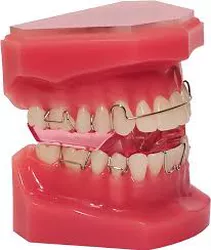
These removable orthodontic appliances are used to correct malocclusion in three planes- Anterior-posterior, Vertical and Transverse. They are also used to promote mandibular growth.
The active components of these appliances include springs and elastics like finger spring, coffin spring, Z spring, canine retractor etc. appliances like Frankel Appliance which works on the principle of modulation of neuromuscular activity, in order to produce changes in jaw and teeth. A Twin Block lengthens the lower jaw by posturing it forward. There is also Activator Appliance, to correct functional jaw, in young adolescents. A Bionator is given to reduce bruxism and clenching.